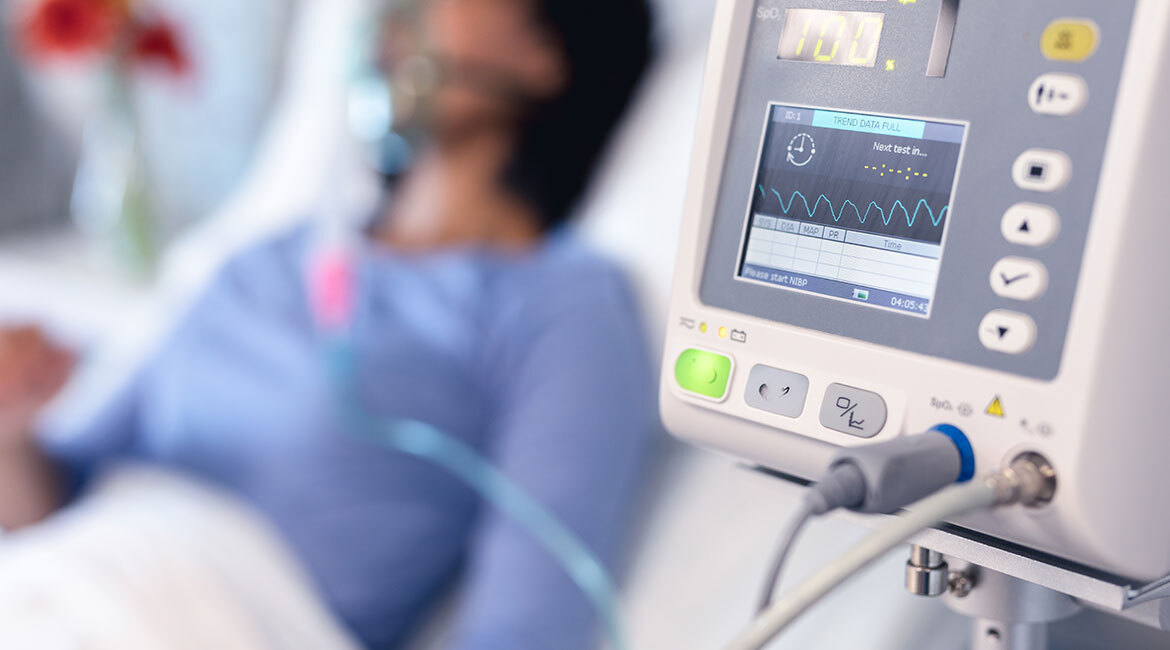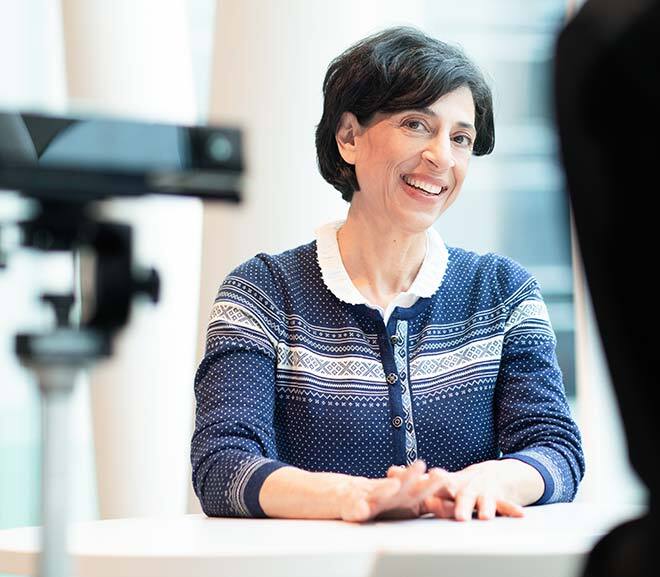Machine Learning and Medicine: A Promising Future

Purchased on istockphoto.com. Copyright.
What do artificial intelligence and paediatric critical care have in common? They both fascinate Professor Rita Noumeir, who has spent several years facilitating the work of physicians through the use of new technologies.
Since 2021, Rita Noumeir holds the Research Chair on the Development and Validation of Clinical Decision Support Systems using artificial intelligence with Professor Philippe Jouvet. She is developing software and algorithms that process and analyze massive data. These data, which come from information collected on the patient and pre-existing data, are then analyzed to help doctors obtain a more objective reading of the situation.
“The physician must use all the data available to take action and improve the patient’s health,” explains Rita Noumeir. A lot of information is captured during the physician’s visual assessment. “These are valid evaluations, but they remain subjective.” Plus, they require physically being at the patient’s bedside.
Artificial Intelligence to the Rescue
Using, for example, a set of cameras that captures depth (3D) and infrared, researchers are getting data on the volume of air breathed by patients who are not hooked up to a ventilator. “The decision support system processes this data and provides new synthesized information to the physician.” Another significant benefit of using connected cameras: they make it possible to manage patients during transport and to offset the lack of expertise in remote areas.

Rita Noumeir gives another example. The use of algorithms has reduced the adjustment time needed to achieve the right oxygenation rate for patients on ventilators. “Combining the collected data on the patient with pre-existing data helps the physician choose the best parameters for the situation.”
Pioneering Electronic Medical Records
After earning her PhD in Biomedical Engineering, Rita Noumeir worked in medical imaging.
Her interest in improving care using new technologies led her to collaborate in the deployment of electronic medical records. She developed the information architecture required for the data sharing, an architecture that is used globally. The Electronic Health Record implementation gave Professor Noumeir access to more new data, and she is beginning to work on ways to benefit physicians.
The introduction of decision support algorithms in critical care is relatively new. “Areas that already had digital data, such as medical imaging, cardiology, and neurology benefited first from these new technologies.”

Rita Noumeir, professor in the Electrical Engineering Department at ÉTS
Measurable and Tangible Impacts
You can sense the researcher’s passion when you ask her what aspects of research she enjoys most. “Our research is about improving human care and health. We have a direct, measurable, rapid and visible impact. It’s very exciting. It’s a noble goal that resonates with me.”
She is also passionate about passing on her knowledge and training engineers who will contribute to the advancement of science and society. In this regard, she would like to see more young women choose the engineering profession. “The profession is not well known. There is still a lot of work to be done to educate the young, even the very young. There is room for everyone, it is so diversified!”



